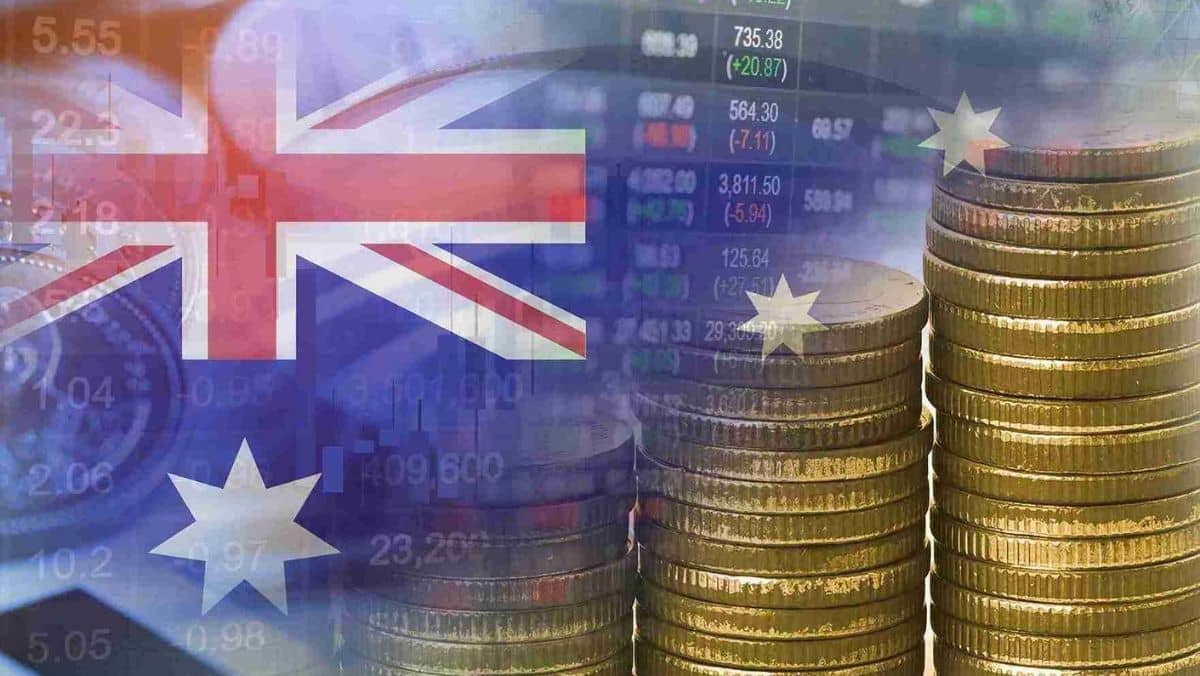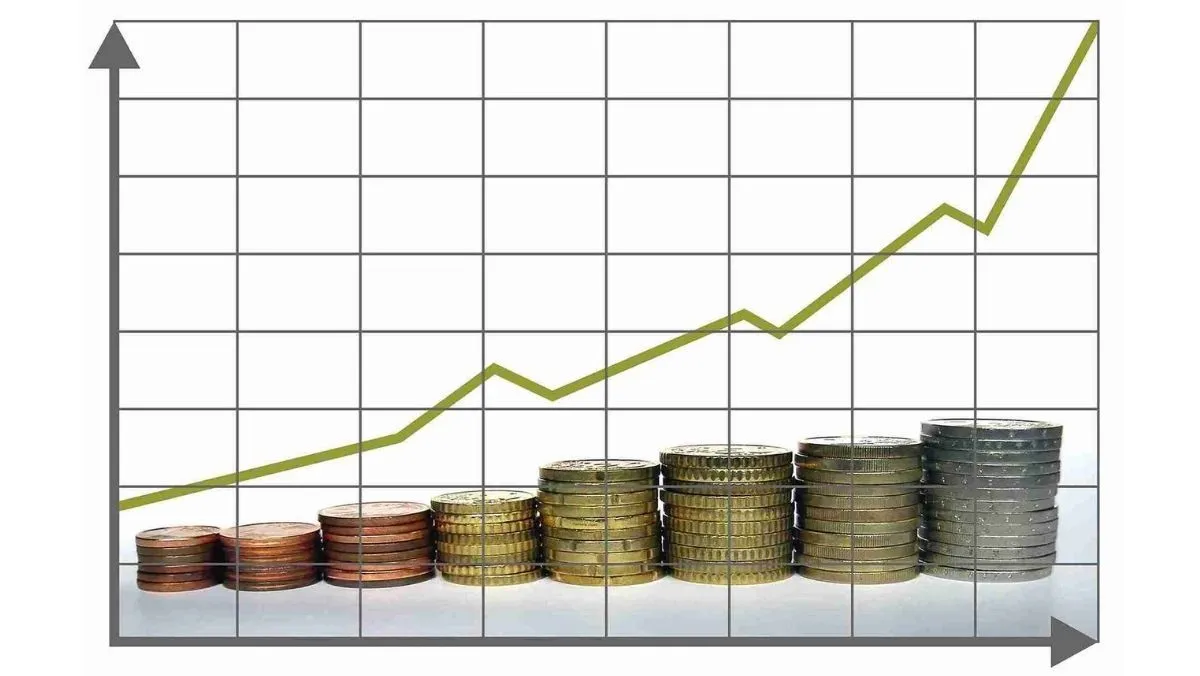
Friday Dec 22 2023 05:31

9 min

The Australian dollar (AUD) and the British pound sterling (GBP) are major global currencies for international trade and finance. The exchange rate between these two currencies fluctuates regularly based on relative economic growth, interest rates, inflation, political stability, and more.
This comprehensive guide will teach you about the current AUD to GBP exchange rate situation in 2023, including a detailed analysis of recent trends. We’ll also discuss why the British pound has remained resilient and strong compared to other major currencies.
As of December 2023, 1 Australian dollar equals approximately 0.52 British pounds. This exchange rate has fluctuated moderately throughout 2023 based on shifting economic conditions in both countries.
During the first quarter of 2023, the AUD to GBP rate decreased from 0.5725 on January 1st to 0.5419 by March 1st, resulting in a weaker Australian dollar.
However, the AUD regained some lost ground versus the GBP in the second quarter, rallying from 0.5263 on April 1st back up to 0.5246 on June 1st. Improved domestic economic data, including stronger-than-expected GDP growth, lower unemployment, and moderate inflation, fueled the recovery of the Australian dollar.
In the second half of 2023, the AUD to GBP rate has stabilized between 0.52 and 0.53. Slight fluctuations have occurred in response to changes in global risk appetite, UK political developments, and announcements from central banks. However, investors and analysts expect the exchange rate to remain rangebound in the short term.
Learn to trade with this article: Forex Trading: All you need to know and how to begin.
While most major currencies like the US dollar and Euro have weakened dramatically against the British pound in 2023, the resilience of the GBP can be attributed to several supportive factors:
While the Bank of England (BOE) has not raised interest rates as aggressively as other central banks, it began hiking earlier and has maintained relatively high interest rates given elevated inflation in the UK economy. Higher yields on British bonds and other assets have increased demand for the British pound.
With high uncertainty and volatility sparked by events like Russia’s invasion of Ukraine, investors have favoured haven currencies like the Swiss franc, Japanese yen, and British pound during 2023.
Despite growing recessionary fears, the UK still hosts one of the largest financial hubs globally in London and has demonstrated economic resilience thanks to strengths like technology innovation and strong domestic demand. Stronger economic performance has boosted the pound’s value over other currencies.
Here’s an interesting read for you: 10 essential steps for Forex trading
The Australian dollar reached its strongest point against the British pound in the last decade on March 13th, 2013. That day, the AUD/GBP exchange rate peaked at 0.6925 British pounds per 1 Australian dollar. This was the highest exchange rate seen over the past ten years.

The strength of the Australian dollar at that time was mainly due to weakness in the British economy rather than inherent strength in Australia’s economy. In early 2013, the UK was facing the possibility of entering into a ‘triple dip’ recession, sparking fears that the economy may continue downward after experiencing two recessions in recent years. These recession fears peaked in March 2013, causing the British pound to weaken significantly against other major currencies, including the Australian dollar.
In contrast, the weakest point for AUD/GBP over the past decade occurred on October 11th, 2008, when it dropped to 0.3777 British pounds per 1 Australian dollar. This significant drop was prompted by the UK government announcing a £500 billion rescue package for the country’s struggling banks at the height of the global financial crisis. The dire situation with Britain’s banks and the certainty of an impending recession caused investors to sell off the British pound aggressively.
Additionally, the inherent volatility of the Australian dollar likely contributed to the plunge in AUD to GBP as the financial crisis unfolded. The Australian dollar tends to experience sharp ups and downs as a commodity currency. In a period of fear and uncertainty, such as in 2008, investors typically shift out of more volatile currencies like the AUD and into haven currencies, further weakening Australia’s currency against the British pound.
Everyone must know how to mitigate risk in Forex trading, read this article for more insight: Forex risk management: A must-know guide
Several factors are driving the fluctuations in the AUD to GBP exchange rate over time, including:
The divergence between Australian and UK benchmark interest rates and economic growth prospects is a significant driver of AUD to GBP movements. When Australia’s central bank offers a higher yield on AUD assets, it tends to boost demand and strengthen the currency.
As a major commodities exporter, Australia’s exports and currency valuation tend to rise when prices for materials like iron ore and coal are elevated. However, the UK is more dependent on the financial services sector and a less resource-dependent economy. Therefore, the British currency is not directly affected and may fluctuate, but not often.

The decision of the UK to leave the European Union, commonly referred to as Brexit, has had significant impacts on various aspects of the UK economy. The uncertainties surrounding trade deals, investment flows, and economic performance have resulted in a lack of confidence in the British pound among financial markets. The long-term effects of Brexit on the UK’s economy and its relations with other countries are still largely unknown, which has led to difficult decisions for businesses operating within the UK.
Furthermore, the ongoing negotiations between the UK and the EU will continue to significantly impact the valuation of the GBP as the post-Brexit landscape continues to evolve. As such, businesses and individuals must stay updated on the latest developments to make informed decisions.
This article may answer your doubts about Forex: Why trade Forex: The go-to-market for day traders
The AUD to GBP exchange rate has experienced significant short-term volatility. Factors like commodity market disruptions, changes in risk sentiment, UK political developments, and central bank decisions could alter exchange rate dynamics quickly.
For companies doing Australia-UK trade and investors with AUD to GBP exposure, closely tracking the economic and policy drivers remains essential. Further research and updating your viewpoint are encouraged before making major AUD to GBP transactions or bets.
Learn and trade with markets.com: The ultimate trading community!
“When considering “CFDs” for trading and price predictions, remember that trading CFDs involves a significant risk and could result in capital loss. Past performance is not indicative of any future results. This information is provided for informative purposes only and should not be considered investment advice.”
